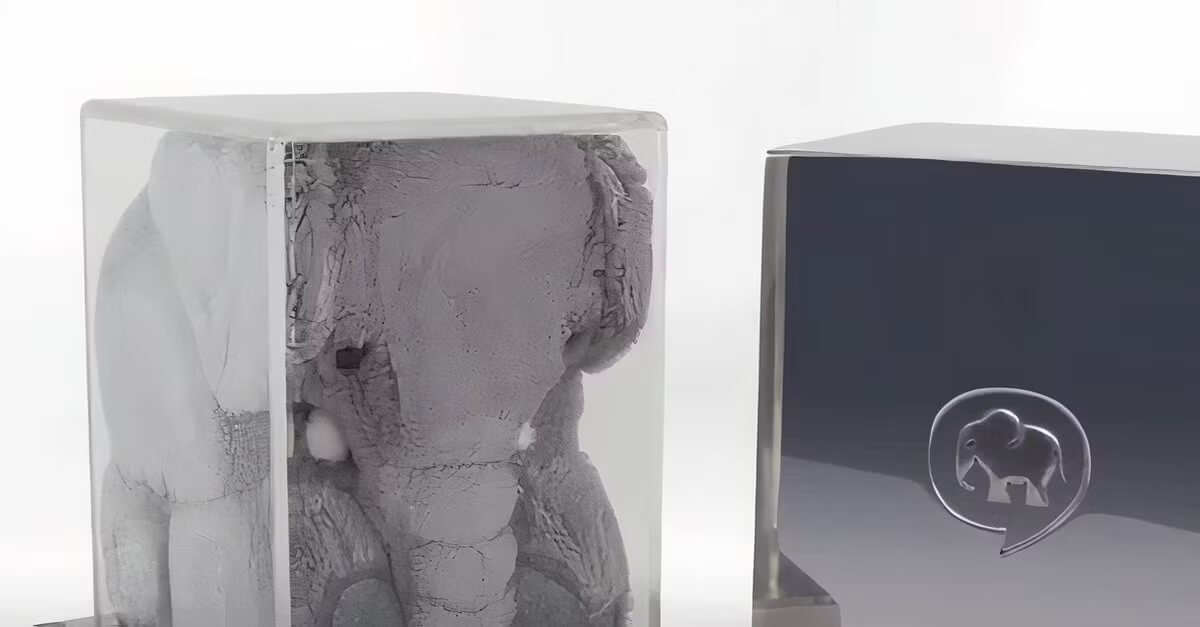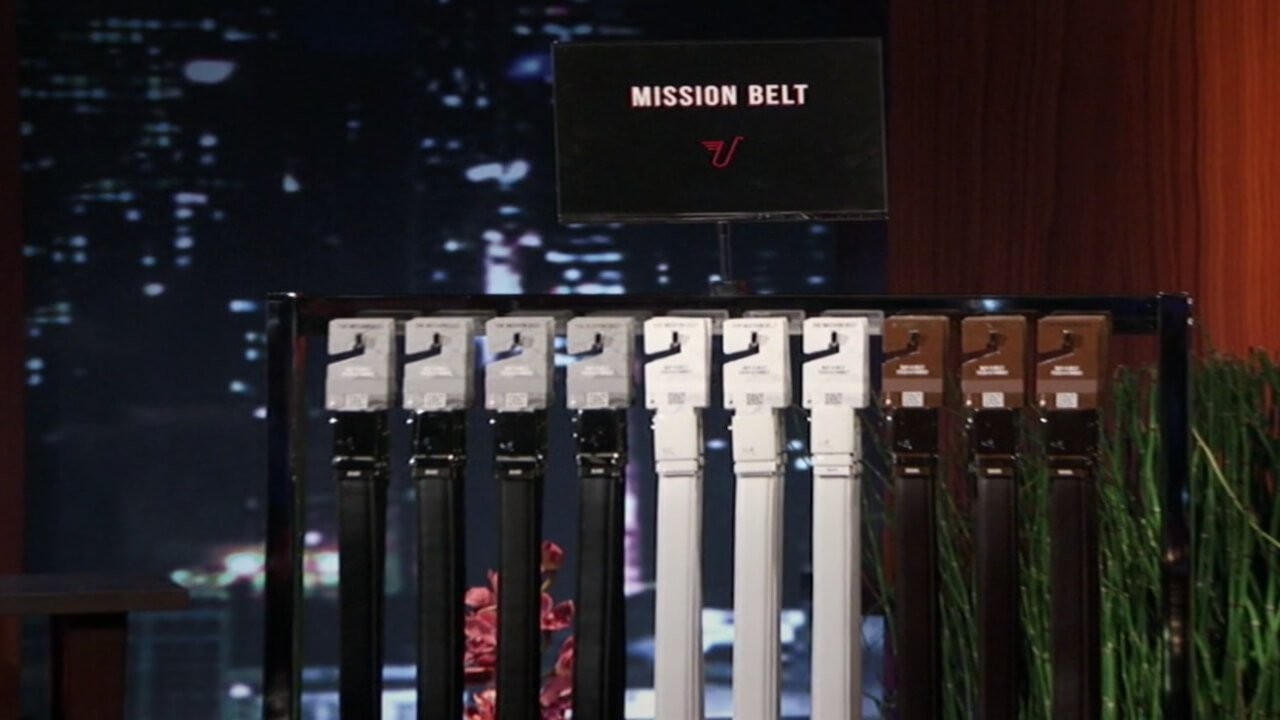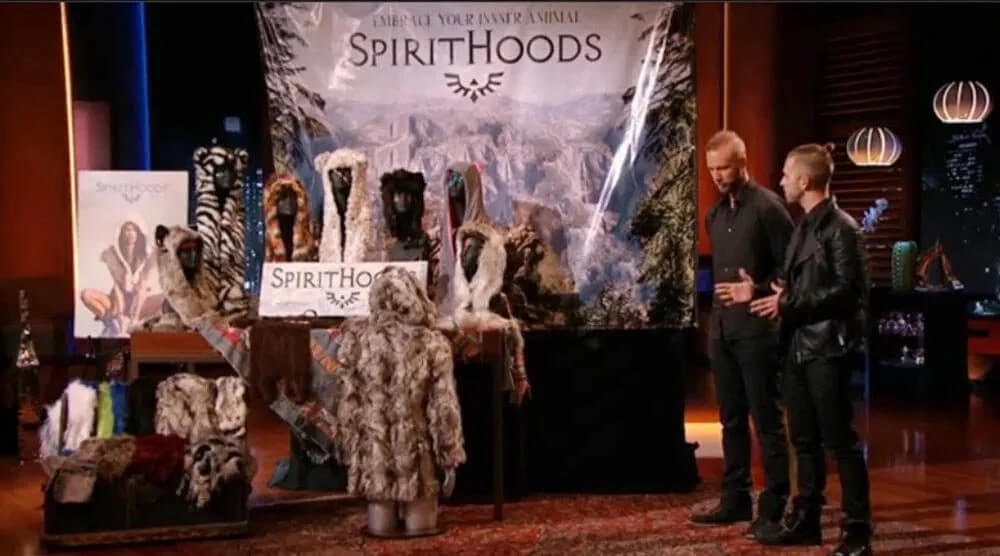Let’s bust a quick myth: if you don’t land a Shark Tank deal, your business dies. Wrong. SkinnyShirt went in, pitched hard, and walked out without any funds — but they didn’t fold. Years later, people still Google SkinnyShirt Shark Tank. Why? Because this brand didn’t just chase hype. It solved a real, everyday headache for working women and stuck around long after the Tank lights faded.
If you want to know what separates a flash-in-the-pan Shark Tank product from one with legs, SkinnyShirt is your playbook.
Who’s Behind SkinnyShirt? Meet Julie Kalimian
Julie Kalimian isn’t your average reality TV founder. She’s a former marketing exec — someone who actually spent years in boardrooms, not just dreaming up solutions from her couch. The idea? Simple, and frankly, overdue. Julie was sick of layering bulky button-downs under sweaters, fighting with bunched fabric and awkward lumps.
She thought: why not make a shirt that looks crisp at the collar, but feels like your favorite stretchy tank underneath? No one else had built it. So Julie did.
She didn’t just sketch and hope. She teamed up with a tailor, tweaked the prototype with a friend’s help, and actually wore these to work. The feedback? Instant validation. People noticed, people wanted it, and Julie realized she was onto something real.

What SkinnyShirt Offers: The Fix for Office Layering Drama
If you’ve ever tried to wear a collared shirt under a sweater, you know the misery: uncomfortable, hot, and it always looks off. SkinnyShirt is the hack no one knew they needed — stretchy tank on the bottom, office-friendly button-down and collar up top.
Here’s the real value play: Working women want solutions, not style gimmicks. SkinnyShirt is pure function meeting form. No more sweating through a presentation because your arms are wrapped in fabric sausage-casings. No more pulling and tucking, just a clean, sharp look.
You’d be surprised how many so-called women’s apparel innovations never solve an actual problem — it’s just new prints or colors. SkinnyShirt goes after a genuine daily hassle. That’s why it broke through.
Shark Tank Pitch: How It Went Down in the Tank
Let’s talk pitch. Season 6. Julie hits the Tank, absolutely owning her story. She’s not wide-eyed — she knows her numbers. The ask: $100,000 for a 20% cut. That’s a $500K valuation. Not out of line, and she delivered her message fast: Here’s the problem, here’s why my shirt fixes it.
She didn’t just tell — she showed. Her model does the shirt-swap demo: first, the bulky classic look (looks like everyone at your first internship), then the SkinnyShirt — way slimmer, way sharper.
But here’s the catch: The Sharks liked the concept but chewed on the numbers and the category. Women’s apparel is a graveyard for one-product wonders. Mark Cuban looked skeptical. Daymond John, who knows fashion inside-out, pressed on margins and scale. No wild offers. No games. Just honest feedback.
No Shark bit on SkinnyShirt. Julie didn’t flinch. That poise? That’s founder grit. She’d been through worse boardrooms.

Net Worth and Business Numbers: Beyond TV Hype
Here’s something folks miss: Sometimes, the Tank is the marathon — not the finish line. Before Julie even hit the stage, SkinnyShirt had pulled in $500,000 in sales. Not wishful thinking, not potential — real customers, real money going into the bank.
Post-Tank, SkinnyShirt didn’t fade out. The Shark Worth team did their homework — the company landed more retail spots, grew its online store, and milked that Shark Tank afterglow the smart way. No firm net worth number is public, but you know what’s better than random guesses? Consistent, bankable business years after TV fame fades.
Some brands pop for a quarter and flame out. SkinnyShirt kept earning, kept launching new versions (V-necks, sleeveless, you name it), then quietly became a regular player in professional women’s closets.
No Deal: Why the Sharks Didn’t Bite — And Why That’s Okay
Let’s be blunt. The Sharks passed for a reason. Apparel, especially for women, is littered with hype, inventory nightmares, and copycats. Some founders walk into that room hung up on fantasy numbers. Julie’s ask wasn’t greedy, but the Sharks wanted safer bets. They wanted a hotter trend or a die-hard cult following.
What’s the lesson here? Getting passed on isn’t a death sentence. Sometimes you need brutal feedback more than a quick check. Daymond said it straight: fashion makes or breaks founders fast. Take your lumps, refine the pitch, keep selling. That’s real entrepreneurship.
I’ve seen founders freak out over a no. Julie — just kept moving. She took the lift from Shark Tank visibility and worked it. That’s the grind every founder faces after the credits roll.
After the Show: How SkinnyShirt Played the Shark Tank Effect
Here’s where the story gets interesting. No deal? Fine. But those millions of viewers turned SkinnyShirt’s site into a crash test in e-commerce. Julie and her team rolled out more designs, pushed into retail, and used the Shark Tank spotlight for credibility.
That’s where many brands flop — they focus on the next viral moment. Julie doubled down on her core product and listened to her buyers. More colors, fits, and answers to Do you make these for guys? (No, but don’t bet against it.) That’s how you build lasting revenue, not just TikTok spikes.
Where Is SkinnyShirt Now?
While dozens of Shark Tank hopefuls have faded, SkinnyShirt is still getting called out in 2025 as an office style game-changer. Still privately held, still run smart. Their product line’s bigger, with riffs on the original — different necklines, sleeve-lengths, you name it.
Do they dominate every department store? No. Did they become the next big thing you see in every newsstand? Also no. But they stuck in the pro women’s niche — the kind of brand you hear about at work from someone who knows the pain point.
That’s real staying power, not just Shark hype. And for an apparel brand, staying in business and building a loyal cult following? That’s rare air.
Lessons for Shark Tank Fans and Founders Watching
Here’s the SkinnyShirt takeaway: the Tank is a platform, not a golden ticket. If you want to last, you need a product people actually want and the guts to keep pushing when the Sharks say no.
Julie played it right — she used the exposure, stayed focused, and didn’t chase silly pivots. That’s how everyday wins turn into a long-run business. And it’s proof you can win big without giving away a chunk of your company just to land TV money.
So next time you watch a founder sweat in front of Mark Cuban, remember SkinnyShirt. It isn’t always about the check. Sometimes it’s about what you do after the cameras are off.
FAQs: SkinnyShirt Shark Tank Edition
Is SkinnyShirt still in business after Shark Tank?
Yes. SkinnyShirt continues to operate, selling directly and through select retailers. Years later, people still buy them.
Did any of the Sharks invest in SkinnyShirt?
No. Every Shark passed on the deal — but that didn’t stop the brand.
What was SkinnyShirt’s sales before Shark Tank?
SkinnyShirt had racked up $500,000 in sales before stepping into the Tank. Real traction, not just an idea.
Where can I buy SkinnyShirt today?
You can order on their website and through certain retail stores. We recommend double-checking the official site for shop links.
Why did the Sharks pass on the deal?
The Sharks were wary of women’s apparel risk, tough margins, and the challenge of scaling to mass-market fashion.
Who created SkinnyShirt?
Julie Kalimian — former marketing pro who built the original product out of pure frustration with office outfits.
Did the Shark Tank appearance help or hurt SkinnyShirt’s business?
Helped, big time. The exposure led to surging web traffic and sales growth, even without an investment.
What’s the estimated net worth or sales for SkinnyShirt now?
Exact numbers aren’t public, but SkinnyShirt is still in business and is considered financially stable by current industry trackers.
Curious how other brands handled Shark Tank? Want raw interviews with founders who said no to deals — and still won big? Stick with SharkWorth, where we cut through the TV drama and get real about what it takes to build a brand that lasts.
At the end of the day, every founder faces a Shark Tank moment — on camera or off. SkinnyShirt’s story is proof that when the Tank says no, hustlers don’t quit. They adapt, outlast, and keep selling. That’s the grind, and that’s the real win.










